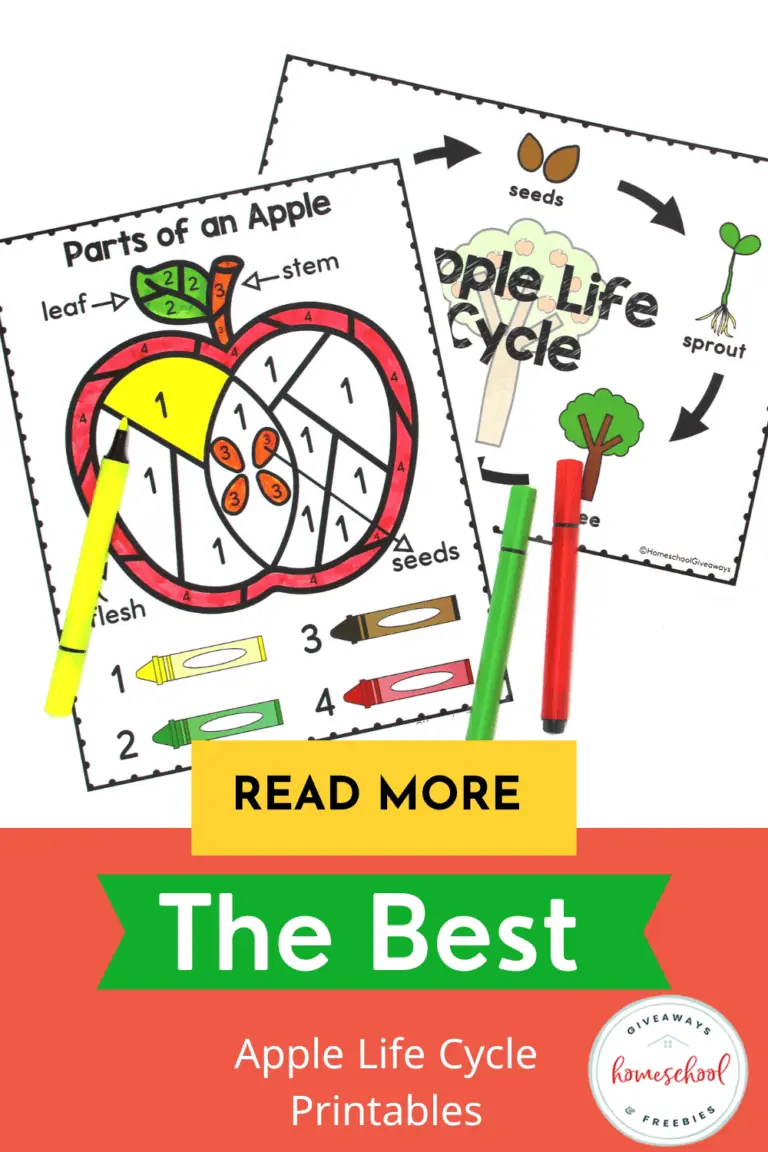Why You Should Use Microscopes for Science
Published:
March 7, 2019
Contributor:
Jeannette Tuionetoa
Disclosure: This post may contain affiliate links, meaning if you decide to make a purchase via my links, I may earn a commission at no additional cost to you. See my disclosure for more info.
In the late 16th century, Dutch lens makers designed devices that would magnify objects. About a decade later, Galileo Galilei perfected that object magnifying device to what we now call a microscope.
Can you imagine for the first time, being able to see objects closer, in more detail, or to completely discover objects that we couldn’t even see with the naked eye? The mere thought of this should be enough to use microscopes in our homeschools for science.
There is great potential for learning through the use of microscopes for science.
Using microscopes for science isn’t important only because it lets us see objects a little closer. The invention of the microscope has enabled scientists and scholars to study all types of microscopic creatures in the world. The microscopes allowed human beings to view the world from the detailed insight of sources that cause disease, cause decay, develop growth, and so much more.
Scientists could now discover what causes diseases, name them and eventually learn to prevent all types of different illnesses. Microscopes developed a whole new dimension of knowledge for scientists and for the field of medicine. They could now discover the existence of the microorganisms, study the structure of cells, and see the smallest parts of plants, animals, and fungi.
It doesn’t stop there.
There are some really cool reasons why it is beneficial for kids to use microscopes for science.
- Microscopes are used to diagnose illness in hospitals and clinics all over the world.
- Biologists use microscopes to view the details that cannot be seen by the naked eye; like the small parasites and small organisms important for disease control research.
- The microscope is used to study the health of an ecosystem. Field biologists use the microscope to observe a specific environment, like marine life ecosystems.
- In Forensic science, technicians gather and analyze evidence to establish facts that are used in criminal proceedings. The microscope is used to examine evidence collected in crime scenes information not visible to the human eye.
- Histologists use the microscope to analyze tissues and cells. The microscope is able to detect abnormal tissues in the body to identify cancerous tissues in a patient.
- The invention of the powerful atomic force microscope has enabled scientists to study cells at an atomic level, influencing the delivery of innovative treatments.
- The microscope has greatly impacted the study of genetics. Scientists use the microscope to observe specific genetic compositions, determine genetic abnormality, regeneration and tissue death.
When learning about the history of the microscope, it is important to understand that until these microscopic creatures were discovered, the causes of illness and disease were theorized but still remained a mystery. Without a microscope, we wouldn’t be able to detect anything unless our eyes allow us to see them. How limiting is that, now that we know what we CAN see with them!?
On a very practical level, microscopes create visually appealing ways for kids to learn. It is absolutely beautiful to see God’s perfect creation. He cared for every detail down to the molecular level of an organism.
Another thing to consider is that using microscopes for science provides kids with a hands-on tool to learn science topics. Hands-on activities help children retain information more efficiently. Microscopes create curiosity in our kids for science that a curriculum alone cannot.
Microscopes are plain cool and useful for teaching science in your homeschool. Think of all the careers that can catch your children’s attention by using microscopes. You never know if your children will be our future Forensic Scientists, Doctors, Laboratory Technicians, or Marine Biologists!
AmScope-KIDS 120X-240X-300X-480X-600X-1200X Educational Beginner Biological Microscope Kit with Metal FrameEducational Insights GeoSafari Jr. Talking Microscope – Featuring Bindi Irwin – for Preschoolers!Kidtastic Microscope Science Kit for Kids – Fun Learning Toys for Preschoolers – STEM Toy for 3 Year olds – with 12 Slides Animals & Nature, 8X Zoom, LED Light – for Ages 3, 4, 5, 6 and upAmScope Awarded 2017 Best Student Microscope 40X-1000X Dual Light Optical Glass Lens All-Metal Framework Student Microscope + Microscope Prepared and Blank Slides













